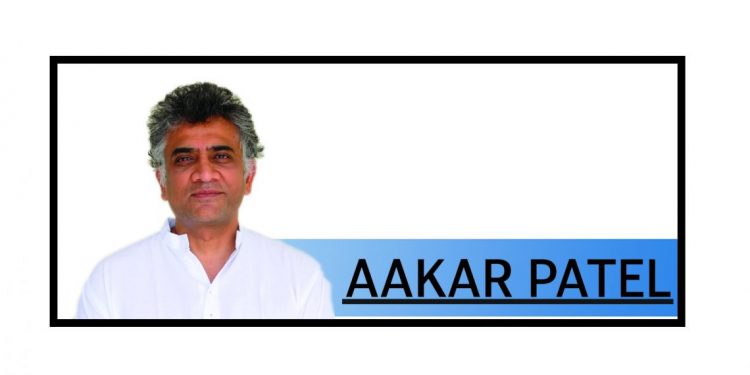As South Asia’s three large nations approach the 75th anniversary of their independence it is instructive to look at where they stand. The three nations are today all democracies and have been for some time, which makes this an unusual period in our history. Pakistan has been democratic for the last 13 years. Bangladesh has been democratic for the last three decades with a brief period of military intervention in the middle. India of course has been democratic throughout (it is not well known that the Emergency was Constitutional).
Pakistan appears to have put its phases of military rule behind it with the integration of the army into the nation’s higher national security apparatus. Pakistan is also the most fragmented state politically, with a greater share for the Opposition in parliament. Bangladesh and India’s ruling parties enjoy total domination.
Bangladesh Prime Ministers tend to be ruthless with the Opposition and the next election, a year from now, will be an indicator of where things are going. Opposition leader Khaleda Zia spent some time in jail as a convict and was unable to contest previous elections. Sheikh Hasina has been in charge for the last dozen years.
Under her, Bangladesh has outperformed both India and Pakistan economically. Its recent overtaking of India in per person GDP comes on the back of years of strong growth while India’s has weakened. Bangladesh has managed to improve manufacturing’s share of GDP in recent years from 16% to 20%. India’s has fallen from 15% to 12% since 2014. Manufacturing is important because it provides employment to many people at the end of the economy where much skill is not required. And particularly the sector of garments manufacturing, in which Bangladesh is a champion, a lot of women are employed. India, on the other hand, has lost its way economically. This has been especially so since 2014. India has the lowest labour force participation rate (number of people either working or looking for work) in South Asia and one of the lowest in the world. This has been the case for the last few years and shows no signs of reversing. There are no jobs.
Pakistan has registered lower growth over the years but this may change in the near future. Tens of billions of dollars are being spent on the China-Pakistan Economic Corridor, an infrastructure project that connects western China to southern Pakistan. Rail, road and port facilities will give China alternative access to the world through a port in Balochistan without being forced to go through the Strait of Malacca. This CPEC corridor will also connect Pakistan to Central Asia and in case Afghanistan stabilises, Pakistan will be the pivot for a great deal of trade. On the other hand, if CPEC does not take off the fear is that it will leave Pakistan with unmanageable levels of debt.
But for now the three countries are not too far apart in terms of per person GDP at about $1,800 dollars per year. This comes to about Rs 11,000 per month which is far from the median. Inequality haunts all three States and a disproportionate share of wealth and income goes to the top 5% in South Asia. India is the most unequal society in the region. The two wealthiest men in Asia are Indians while 800 million of their fellow citizens (60% of the population) must queue up for six kilos of free food grain every month.
In terms of their Human Development Index (a United Nations measure that looks at life expectancy, education and income) India is ranked 133rd in the world, Bangladesh at 135th and Pakistan at 154th. Here, India has fallen one place since 2014 while Bangladesh has risen by half a dozen. Bangladesh and now India have both brought their fertility rates to 2, which mean very soon the population will stop growing in these nations.
The NGO sector in Bangladesh is the most developed in South Asia and this is likely one reason why it is improving its HDI rank. The government does not necessarily see NGOs in hostile terms and often works with them. On the other hand, both Pakistan and India have expended a lot of their energy persecuting their civil society groups and individuals and the results show.
Today there is not much to separate the three nations, though it appeared about a decade or two ago that India would be the breakout nation here. Now it is clear that this will not happen. All three nations have experimented with communalism in their government and their politics.
Pakistan had its worst period in the 1980s while India is taking that path today with minority specific laws and policies ranging from where people cannot pray, what they cannot eat and who they cannot marry.
The outside world will likely have a great deal of influence on how South Asia performs over the next two decades. Automation and artificial intelligence are quickly closing the route for these nations to transition their hundreds of millions from poverty to the middle class. I expect that relations between the three States, which have been mostly hostile, will also change. Given the dramatic geopolitical changes around us, it is unlikely that we will be able to continue into the near future in the way we have since 1947.
